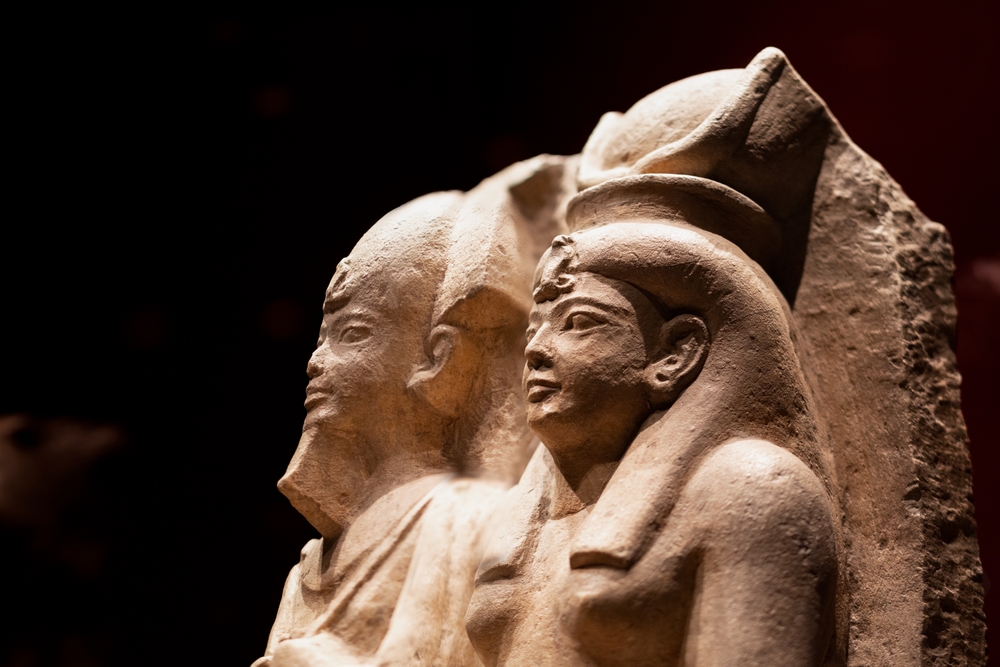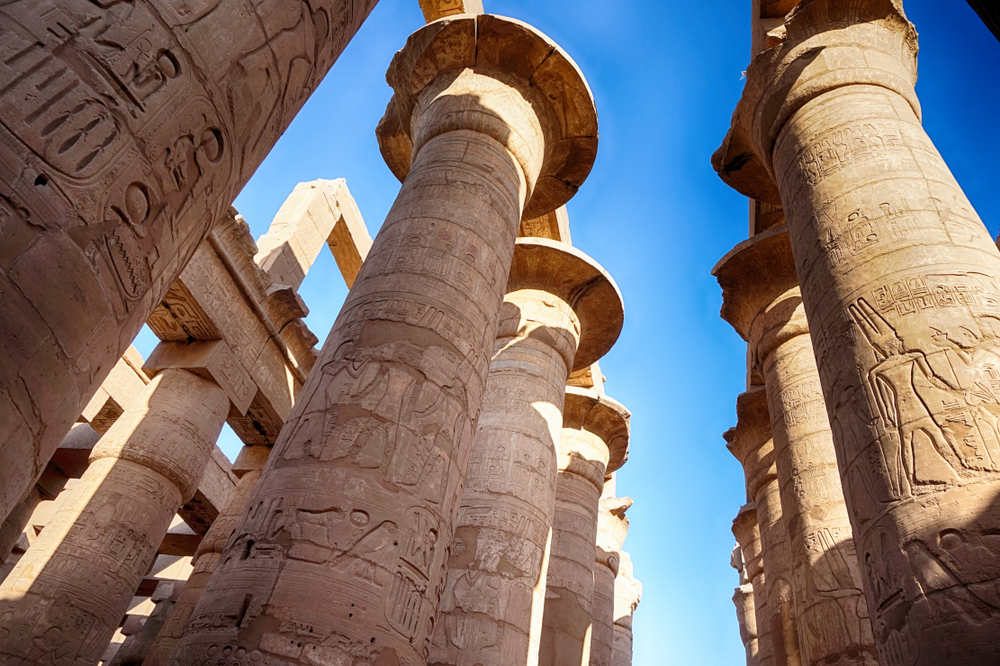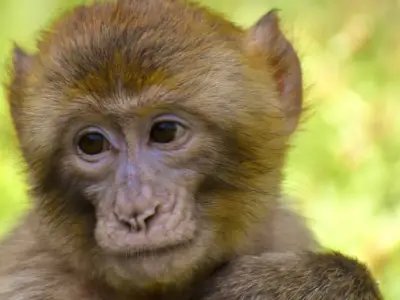Often likened to the phoenix of Greek mythology, Bennu is a mythological bird that symbolises renewal in Egyptian mythology. Whether you're a mythology enthusiast, a history buff, or simply curious about the captivating stories from ancient times, the stories of the Bennu bird offer a glimpse into the spiritual and cultural life of ancient Egypt.
Jump to:
What is the Bennu Bird?
The Bennu bird is an ancient Egyptian deity linked with the sun, creation, and rebirth. This bird is said to have played an essential role in the creation myths of ancient Egypt, often depicted as a large, heron-like bird with luminous feathers and a long, majestic crest. The Bennu bird serves as the inspiration for the modern term ‘phoenix’, symbolising immortality and resurrection.
Recommended for you!
Best SellersIs the Bennu a God?

While often depicted as a divine bird, Bennu itself is not considered a god but rather an embodiment of the powers of several gods, particularly Osiris and Ra. It represents the fusion of their aspects related to life, death, and rebirth.
The Bennu’s Origins
Egyptian mythology suggests that the Bennu bird was born from the heart of Osiris, one of the most significant Egyptian gods associated with the afterlife and rebirth. The Bennu was believed to have flown over the waters of Nun that existed before creation, landing on a rock and issuing a high, beautiful cry that marked the beginning of time.
What Does the Bennu Bird Symbolise?
The Bennu bird carries powerful symbolic meanings and is often considered a symbol of life and rebirth. It’s believed that the Bennu’s cry could break the silence of the primordial universe and bring about the creation of the world.
The bird is frequently associated with the sun and viewed as the soul of the sun god Ra. Each morning, the Bennu bird was believed to rise from the ashes, symbolising the sun's daily rebirth. This connection highlights its role as a symbol of the daily renewal of life.
The Bennu Bird as the "Bird of Death"
Despite its affiliations with life, the Bennu is also sometimes referred to as the 'bird of death'. This title likely relates to its role in the Egyptian funeral rites, embodying the spirit’s journey and transformation in the afterlife. The Bennu was also linked to the god Osiris, further cementing its association with death and resurrection.
The Bennu's Myths

The Bennu bird is featured in various legends, which illustrate its mystical attributes and divine connections. Let’s explore some of the captivating stories associated with this mythical bird.
The Birth of the Bennu from the Heart of Osiris
According to one myth, the Bennu bird was born from the heart of Osiris, the god of the underworld, afterlife, and rebirth. This legend highlights the deep connection between the Bennu and themes of regeneration and resurrection. Osiris's association with death and rebirth made the Bennu a natural emblem of continuity and eternal life. The myth suggests that the spirit of Osiris influences the cycle of life and death, with the Bennu acting as a manifestation of his enduring will and vitality.
Bennu and the Flame of Creation
Another myth tells of the Bennu bird being the first creature to emerge from the chaos that existed before creation. The legend describes how the Bennu, alighting upon a rock in the midst of chaotic waters, let out a melodious cry that broke the silence and signalled the beginning of creation. Some versions of the story also mention that the bird fanned the flames that would forge creation itself, making the Bennu not just a witness to the inception of the world but also an active participant in shaping existence.
Why Did Nephthys Guard the Bennu Bird?
In Egyptian mythology, the goddess Nephthys is often depicted as a guardian of the Bennu. Known as a protective deity associated with the dead, Nephthys was believed to watch over the Bennu, symbolising her role in safeguarding the transformation of souls in the afterlife. This guardianship highlights the Bennu's integral role in the journey of the soul after death, embodying the cycle of rebirth that was central to Egyptian religious beliefs.
Bennu in Egyptian Religious Practices

The Bennu bird’s depiction and symbolic use were integrated into various facets of religious life, particularly in temple rituals and artistic expressions. This section delves into how the Bennu bird influenced these aspects of ancient Egyptian spirituality.
Temple Rituals Involving the Bennu Bird
In ancient Egyptian religious practices, the Bennu bird was integral to rituals focused on renewal and regeneration. Temples dedicated to the sun god Ra, with whom Bennu was closely associated, often conducted morning rituals that symbolised the rebirth of the sun. Priests would perform ceremonies at dawn that mimicked Bennu's mythical cry, which was believed to herald the beginning of a new day and the rebirth of the sun.
The Bennu bird's association with Osiris, the god of the afterlife, made it a significant symbol in funerary rites. Rituals often included invocations or prayers to the Bennu to ensure the deceased could successfully navigate the afterlife and achieve rebirth. Artefacts such as amulets shaped in the likeness of the Bennu were commonly placed in tombs as protective charms to guide and guard the spirits of the dead.
Bennu in Egyptian Temple Art
The Bennu bird was frequently depicted in temple art, especially within sun temples and tombs. It was often shown perched on a benben stone, which was believed to be the primaeval mound that appeared from the chaotic waters at the creation of the world. This imagery reinforced the Bennu's role as a symbol of creation and regeneration.
In addition to standalone depictions, the Bennu bird often appeared as part of larger artistic motifs that included other deities and symbolic elements. These artworks typically illustrated narratives from Egyptian mythology, showcasing the Bennu's interaction with gods like Ra and Osiris. Such depictions not only embellished the temples but also served as religious iconography, reinforcing the mythological and theological importance of the Bennu.
Integration of Bennu Symbolism in Architecture
The symbolism of the Bennu bird was also integrated into the architectural elements of significant buildings, particularly those constructed for religious purposes. For example, the tops of pillars and the capitals of columns in some temples were crafted to resemble the Bennu bird, symbolising protection and oversight over the sanctuaries.
Certain areas within temples were designated as sacred spaces dedicated to the mysteries of the Bennu bird. These spaces often featured intricate reliefs and carvings that depicted the Bennu amid scenes of divine judgment or creation, serving as a constant reminder of the bird's central role in the cosmic and religious worldview of the Egyptians.
Recommended for you!
Best SellersFrequently Asked Questions About Bennu in Egyptian Mythology
What Role Does Bennu Play in the Egyptian Pantheon?
Bennu holds a unique position in the Egyptian pantheon. While not a deity in the traditional sense, Bennu symbolises the powers of creation and rejuvenation attributed to gods like Ra and Osiris. The Bennu bird’s significance is more emblematic, representing the essence of life and the continuity of existence.
How Did the Bennu Bird Influence Egyptian Culture?
The Bennu bird influenced Egyptian culture primarily through its integration into art and religious symbolism. It was a motif in temple decorations, tombs, and amulets, serving as a protector and guide for the deceased in the afterlife. Its image was invoked to safeguard and guide the spirits of the dead, ensuring their safe passage and rebirth.
What is the Bennu the God of?
As an embodiment of aspects of other deities, Bennu is closely linked to the concepts of creation and resurrection rather than being a god of a specific domain. Its presence is more about the symbolic representation of cosmic cycles and divine intervention in life and death.
Are There Any Temples Dedicated to the Bennu in Egypt?
There are no specific temples dedicated solely to the Bennu, as it is not worshipped as a standalone deity. However, its representations and symbols can be found in various temples dedicated to Ra and Osiris, reflecting its close association with these gods.
How Does the Bennu Bird Compare to Other Mythical Birds Around the World?
The Bennu bird is often compared to the phoenix in Greek and Roman mythology, as both represent rebirth and renewal through the symbolism of rising from ashes. Similar mythical birds appear in different cultures, such as the Hindu Garuda and the Persian Simurgh, which also symbolise divine influence and protection but with their unique cultural interpretations.
What Archaeological Evidence Exists of Bennu in Ancient Egypt?
Archaeological evidence of the Bennu includes artefacts like sculptures, carvings, and paintings that depict the bird prominently, often in funerary contexts. Amulets and small statues have also been found, which were used as protective talismans. These artefacts help illustrate how deeply ingrained the Bennu was in Egyptian religious and cultural life.
How is the Bennu Bird Depicted in Egyptian Art?
In Egyptian art, the Bennu bird is usually depicted as a grey heron, with a long beak and a two-feathered crest on its head, sometimes with a solar disc above it, highlighting its connection to the sun god Ra. This depiction can vary, however, showing the bird with a red and golden plumage to symbolise the fiery aspect of rebirth and renewal.
Study Egyptian Mythology for £29
If you're intrigued by the stories and wisdom of ancient Egypt, why not delve deeper? Centre of Excellence offers an Egyptian Mythology Diploma Course that covers these themes and much more. It's an incredible opportunity to expand your knowledge at your own pace, and for a limited time, it’s available for just £29.













